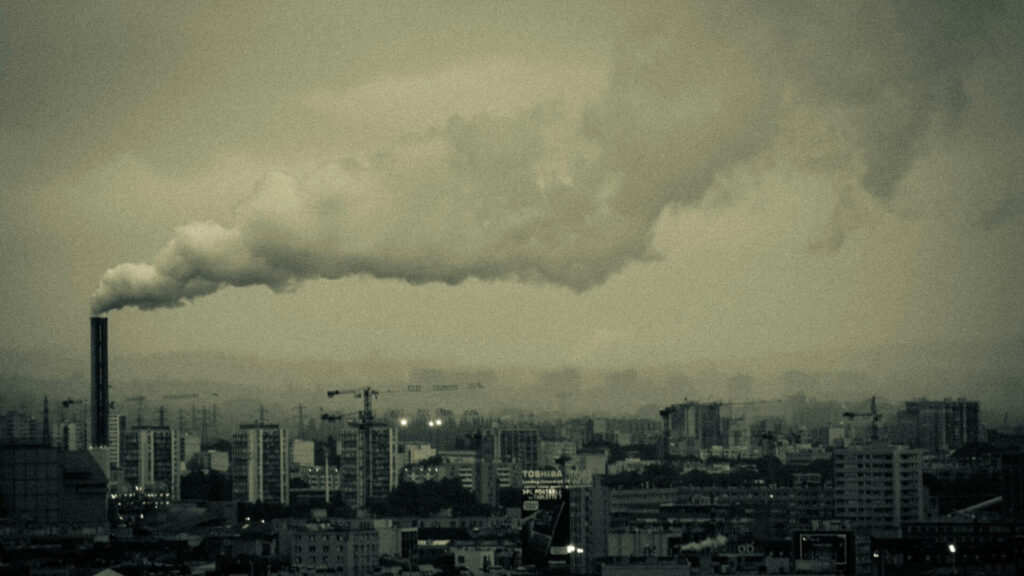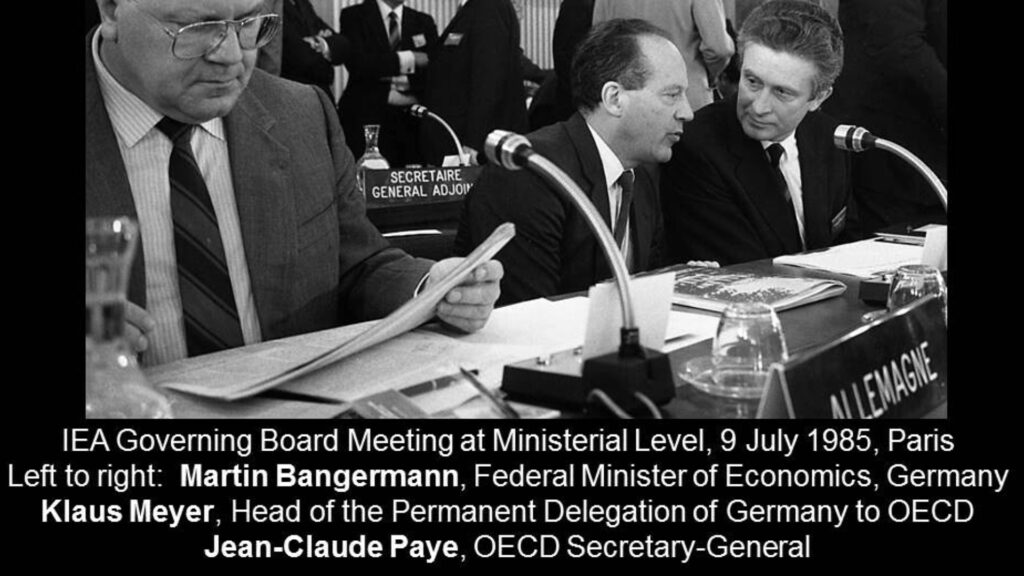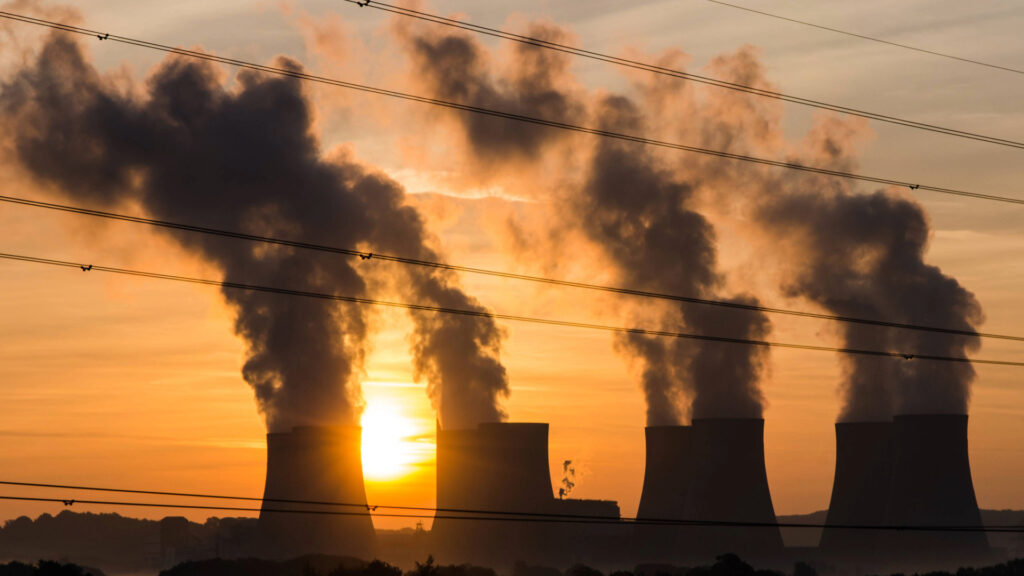In a world grappling with the devastating effects of climate change, a glimmer of hope emerges. Recent studies suggest that the world may be closer to turning a corner in the battle against rising greenhouse gas emissions. Could 2023 be the year when global emissions finally peak?
Clean Technology on the Rise
Across the globe, the adoption of clean technologies is accelerating at an unprecedented pace. China, the world’s largest carbon emitter, installed more solar panels last year than the US has in its entire history. Electric vehicle sales have soared to new heights, and energy efficiency is improving steadily.

Governments are also stepping up their efforts to curb potent greenhouse gases like methane. These encouraging trends, if sustained, could lead to a decline in global emissions shortly, according to a report by Climate Analytics.
The Surprising Possibility
The Climate Analytics report raises an intriguing possibility: if current clean technology growth trends continue and progress is made in cutting non-CO2 emissions, there is a 70% chance that global emissions will start falling in 2024. This would make 2023 the year of peak emissions.

Neil Grant, a co-author of the report, expressed surprise at the findings, noting that good news is rare in the climate space. The inertia behind this trend toward lower emissions is so immense that even politics can only slow it down, not stop it.
US Emissions on a Downward Trajectory
The United States, the world’s second-largest greenhouse gas emitter, has already seen its emissions peak in 2005 and is now on a downward trajectory. A Carbon Brief analysis found that even under a hypothetical second Trump administration, US emissions would likely continue to decline, albeit at a slower pace.

This is a clear sign that efforts to limit climate change are having a durable impact. However, it’s important to note that fossil fuel demand is still poised to rise, partly due to economic growth in developing countries and the energy demands of emerging technologies like artificial intelligence and cryptocurrencies.
A Slow-Turning Ship
The shift in the relationship between energy, prosperity, and pollution is a radical change, showing that living standards can improve even as emissions from fossil fuels decrease. However, turning the tide on greenhouse gases is like steering a massive, slow-turning cargo ship.

It has taken decades of technology development, years of global negotiations, and billions of dollars to change course, and it’s unlikely that the ship will turn fast enough to meet the most ambitious climate change targets. But once underway, it will be hard to stop.
The Flattening Curve
Since the 1990s and 2000s, at least 30 countries, including the US, Singapore, Japan, and the United Kingdom, have managed to decouple their economic growth from their climate impact. In the past decade, the rate of global carbon dioxide pollution has remained fairly level or risen slowly, even as the global economy and population have grown.

While this is a positive development, it’s important to remember that humanity is still adding to the total amount of carbon dioxide in the atmosphere at close to its fastest pace ever. To halt rising temperatures, humans will have to stop emitting greenhouse gases altogether.
The Race Against Time
To meet the Paris Climate Agreement target of limiting warming to less than 2.7 degrees Fahrenheit (1.5 degrees Celsius) above pre-industrial temperatures, the world must slash carbon dioxide emissions in half by 2030 and reach net-zero emissions by 2050. This requires a rapid cleanup of power generators, transportation, agriculture, construction, and manufacturing worldwide.

Current international climate commitments put the planet on track to warm by 5.4°F (3°C) by the end of the century, a world with significantly higher risks of extreme weather events and sea level rise. The race is on between the limited time left to bend the emissions curve and the acceleration in clean technology deployment.
Scenarios for the Future
The Climate Analytics report mapped out three scenarios for the future of global emissions. The baseline scenario, based on current policies and commitments, shows that fossil fuel-related carbon dioxide emissions would peak this year, but other greenhouse gas emissions would keep rising.

The “low effort” scenario assumes countries will begin to fulfill their promises to cut methane pollution and phase out hydrofluorocarbons, leading to a peak in total global emissions in 2025. The third scenario, where clean technology continues to gain ground at current rates, could mean that greenhouse gases have already peaked in 2023.
A Patchwork of Progress
While overall emissions are poised to decline, the story varies when zooming in on individual countries. The US has already passed its peak, while China expects its emissions to change direction by 2025. India, the world’s third-largest greenhouse gas emitter, may see its emissions grow until 2045.

All three pathways in the Climate Analytics report anticipate a peak in global emissions before the end of the decade, illustrating that the world has many of the tools it needs to address climate change and that significant work is already underway.
Cautious Optimism
The Climate Analytics study is one of the more optimistic projections, but it aligns with findings from other groups. The International Energy Agency reports that global carbon dioxide emissions are set to peak this decade while consulting firm McKinsey anticipates a decline in greenhouse gasses before 2030.

However, bending the curve still requires deliberate efforts to address climate change, including policies to limit emissions, deploying clean energy, improving efficiency, and fostering innovation. Global emissions could easily shoot back up if governments and companies abandon their goals.
The Challenges of Accounting
Getting a full tally of humanity’s impact on the climate is tricky. While carbon dioxide from burning fossil fuels is closely tracked, it’s harder to account for emissions from degrading natural carbon sinks like forests or changes in land use.

These uncertainties make it challenging to pinpoint a specific time frame for when emissions will peak and what the consequences will be. There are also questions about who is accountable for emissions from international aviation and shipping.
The Growing Energy Demand
As economies grow, energy demand is poised to increase, even in countries that have decoupled their emissions from their GDPs. Higher interest rates are making it harder to finance the massive buildout of clean energy infrastructure needed to meet this demand.

Peaking emissions are not enough; they must fall rapidly. The longer it takes to reach the apex, the steeper the drop-off needed on the other side to meet climate goals. Currently, the world is on a gentle slope rather than the plummeting roller coaster required to limit warming to less than 2.7°F/1.5°C.
Reasons for Hope
Despite the challenges, there are reasons for hope. The fact that emissions are leveling off or declining in many parts of the world as economies have grown is an important validation that efforts to limit climate change are working.

The mounting challenge is to accelerate these efforts and ensure that emissions decrease for the right reasons, improving welfare for more people while reducing humanity’s impact on the climate. The world has the tools; it’s a matter of deploying them rapidly and at scale.






GIPHY App Key not set. Please check settings